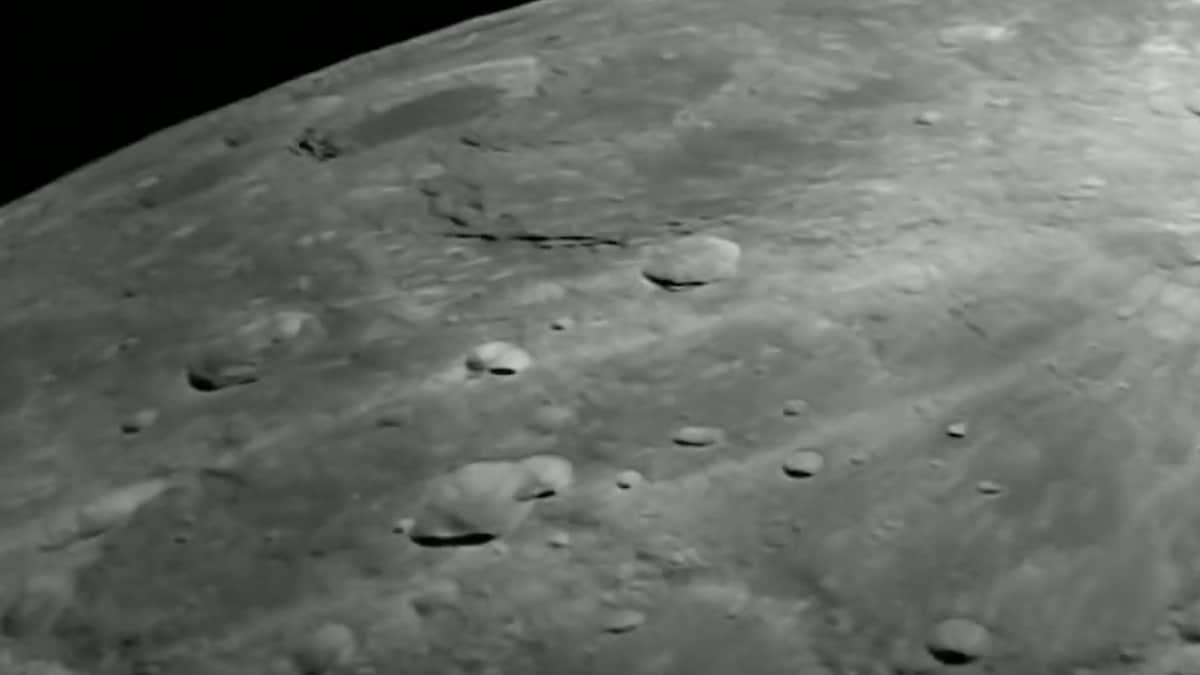Researchers say that this study is important to know the water concentration on the moon. It can be helpful for human mission on the moon in the future. Significantly, Chandrayaan-1 played an important role in the discovery of water particles on the moon. It was India’s first moon mission, which was started in 2008.
This year India achieved great success, when ISRO’s third Munoshan Chandrayaan-3 took a successful lading in India on 23 August. Vikram Lander and Pragyan Rover of Chandrayaan-3 completed their expression on the moon for about 15 days. India became the fourth country in the world, which made a successful landing on the moon. Not only this, India has become the first country in the world to land on the southern pole of the moon.
Vikram Lander and Pragyan Rover are currently inactive on the moon. ISRO placed him in the sleep mode and is waiting for sunlight to reach that part of the moon again. Then it will be seen whether Pragyan and Vikram are able to work further.
